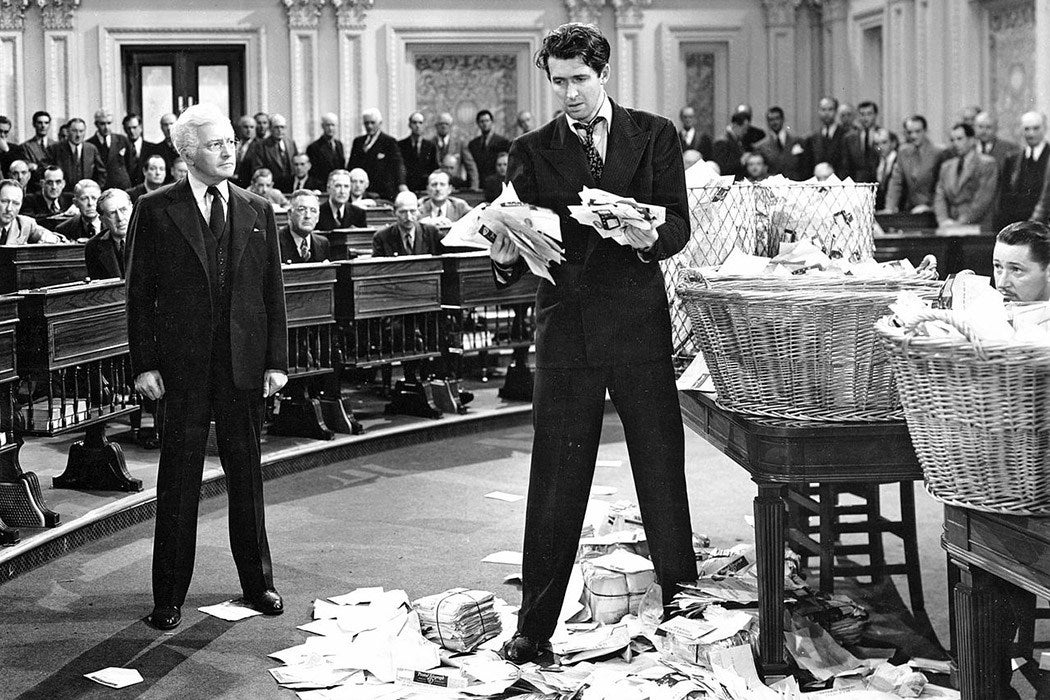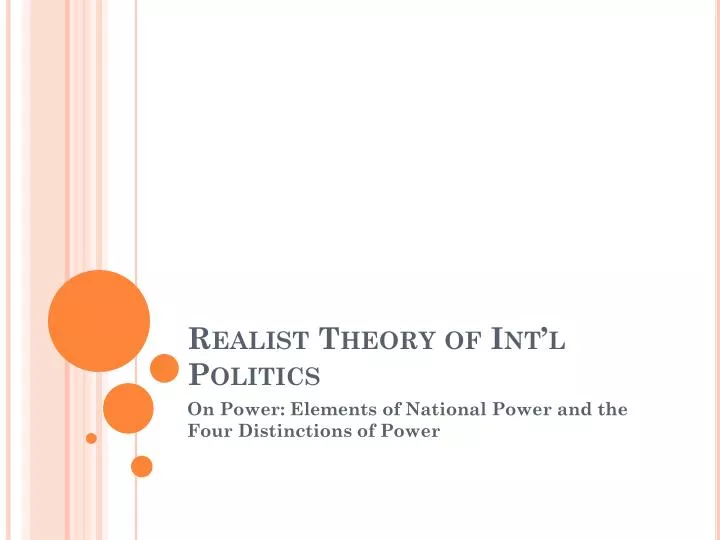Independent Agencies and Partisan Politics: Balancing Expertise and Political Influence
Understanding Independent Agencies and Their Intended Insulation from Partisan Politics
Independent agencies in the United States are unique entities within the federal government, deliberately structured by Congress to operate with a degree of insulation from day-to-day political pressures. Their design is meant to ensure expertise, continuity, and stability in the administration of complex public functions. Unlike executive agencies, which are more directly subject to presidential control, independent agencies often have leadership teams composed of multiple members from different political parties. This structure is intended to prevent the dominance of a single party, promote bipartisan decision-making, and foster long-term policy stability that transcends electoral cycles [4] .
The Role of Partisan Balance Requirements in Agency Design
Many independent agencies are subject to partisan balance requirements . These legal mandates stipulate that no more than a simple majority of an agency’s commissioners or board members can belong to the same political party. For example, the law establishing the Consumer Product Safety Commission (CPSC) specifies that not more than three commissioners may be from the same party. The intention is to ensure that multiple perspectives are considered in decision-making and to reduce the risk of decisions driven solely by partisan interests [4] .
In practice, these requirements have had varying degrees of effectiveness over time. Research analyzing agency appointments over several decades found that, while the impact of partisan balance rules was modest from the late 1970s to early 1990s, the effect grew stronger as party polarization increased in the mid-1990s and beyond. As party affiliation and ideology became more closely linked, it became more difficult for presidents to appoint ideologically aligned individuals from the opposing party, increasing ideological diversity within agencies [1] .
Presidential Influence and the Limits of Partisan Insulation
Despite these mechanisms, independent agencies are not fully insulated from presidential influence or partisan politics. A comprehensive study surveying political appointees and career executives during both the Obama and Trump administrations found that core features of independent agency design-including staggered terms, for-cause removal protections, and partisan balancing-do not fully shield agencies from presidential control or guarantee nonpartisan expertise [2] [3] .
Presidents can still exert influence through their appointment powers, even within the constraints of partisan balance requirements. For example, a president may appoint individuals from the opposing party who are nonetheless sympathetic to their policy goals. This practice, known as “partisan sort,” means that cross-party appointees may share the ideological preferences of the president’s party, even if their formal registration differs. As polarization has intensified, the ideological diversity within agencies has also increased, but the underlying intent of bipartisan decision-making has faced new challenges [1] .

Source: worksheets.clipart-library.com
How Polarization Shapes Agency Behavior and Policy Outcomes
Political polarization has reshaped the relationship between independent agencies and partisan politics. Agencies often serve as battlegrounds for broader political conflicts, especially when their broad regulatory powers allow them to influence significant aspects of public policy. In some cases, agencies have developed new alliances and policy initiatives that can transcend or reshape existing partisan divides. However, increasing polarization can also make bipartisan consensus within agencies more difficult to achieve, potentially leading to gridlock or unstable policy direction as party control shifts [5] .

Source: calmsage.com
The involvement of state governments in federal programs administered by independent agencies adds another layer of complexity. States may challenge or support agency actions based on their own partisan alignments, further influencing the policy environment and sometimes checking executive branch unilateralism. For instance, the implementation of major federal programs like the Affordable Care Act has illustrated how agency decisions can become points of contention between federal and state governments, each responding to their own partisan imperatives [5] .
Accessing Information and Engaging with Independent Agencies
For individuals and organizations seeking to understand or interact with independent agencies, several steps can be followed:
- Identify the relevant agency: Determine which independent agency oversees the area of interest. For example, the Federal Trade Commission (FTC) handles consumer protection, while the Securities and Exchange Commission (SEC) regulates financial markets.
- Visit the agency’s official website: Most independent agencies maintain comprehensive online resources, including information on current leadership, recent decisions, and public meeting schedules. For example, you can visit the official websites for the Federal Trade Commission or Securities and Exchange Commission for up-to-date information.
- Participate in rulemaking: Many agencies invite public comments on proposed rules and policies. Detailed guidance on how to submit comments is typically provided on the agency’s website.
- Seek guidance from official publications: Agencies publish reports, guidance documents, and enforcement actions that can provide insight into their decision-making processes and priorities.
- Contact agency representatives: Most agencies offer contact information for public inquiries or specific departments. Reaching out can help clarify procedures or provide avenues for input on ongoing matters.
When seeking information or assistance, it is advisable to use official agency names and search terms to locate authoritative sources. For example, search for “Federal Communications Commission consumer hotline” or “National Labor Relations Board case filing instructions” to access accurate information.
Challenges and Alternative Approaches
While independent agencies are structured to mitigate partisan influence and ensure stability, challenges remain:
- Presidential appointments can still introduce partisanship, even with balance requirements.
- Political polarization can hinder consensus and the effectiveness of bipartisan mandates.
- Complex intergovernmental relationships with states can create additional partisan dynamics in policy implementation.
Alternatives to the current model include strengthening legal requirements for bipartisan appointments, increasing transparency in the appointment process, and providing greater protections for career staff to maintain institutional expertise. Engaging with nonpartisan research organizations and following updates from reputable news sources can also help the public stay informed about changes in agency leadership and policy direction.
Key Takeaways
Independent agencies are a cornerstone of the U.S. administrative system, designed to balance expertise and continuity with the need to insulate important decisions from partisan politics. While structures such as multimember leadership and partisan balance rules offer some protection against political domination, real-world challenges-including presidential influence and increasing polarization-mean that these agencies remain deeply intertwined with the nation’s partisan dynamics. Nonetheless, their unique design continues to provide a measure of stability and expert oversight in an often turbulent political landscape.
References
- [1] Columbia Law Review (2018). Partisan Balance with Bite.
- [2] William & Mary Law School Scholarship Repository (2023). The Independent Agency Myth.
- [3] Cornell Law Review (2023). The Independent Agency Myth (PDF).
- [4] Constitutional Accountability Center (2025). The Virtues and Necessity of Independent Agencies.
- [5] Columbia Law Review (2016). Agencies, Polarization, and the States.


